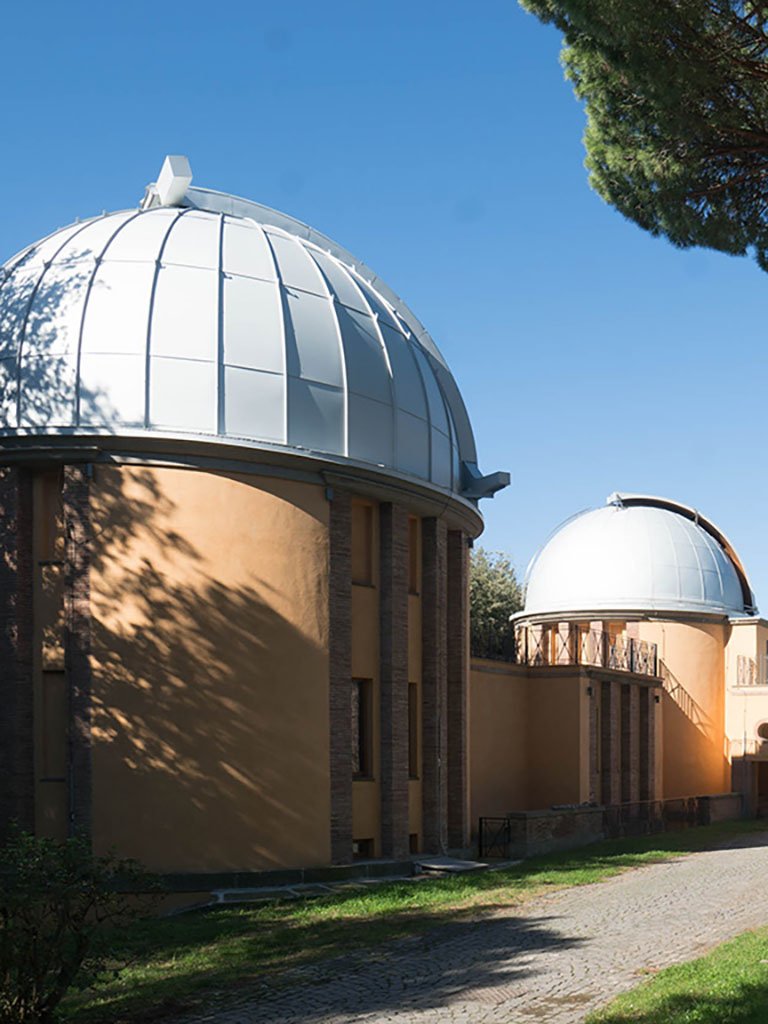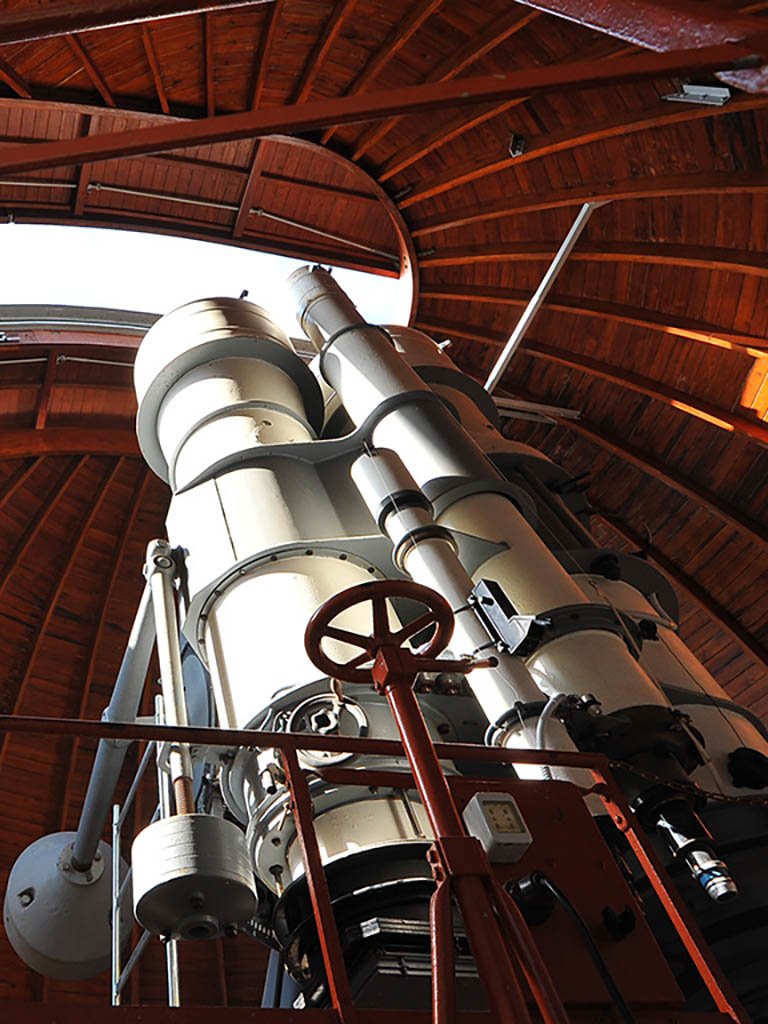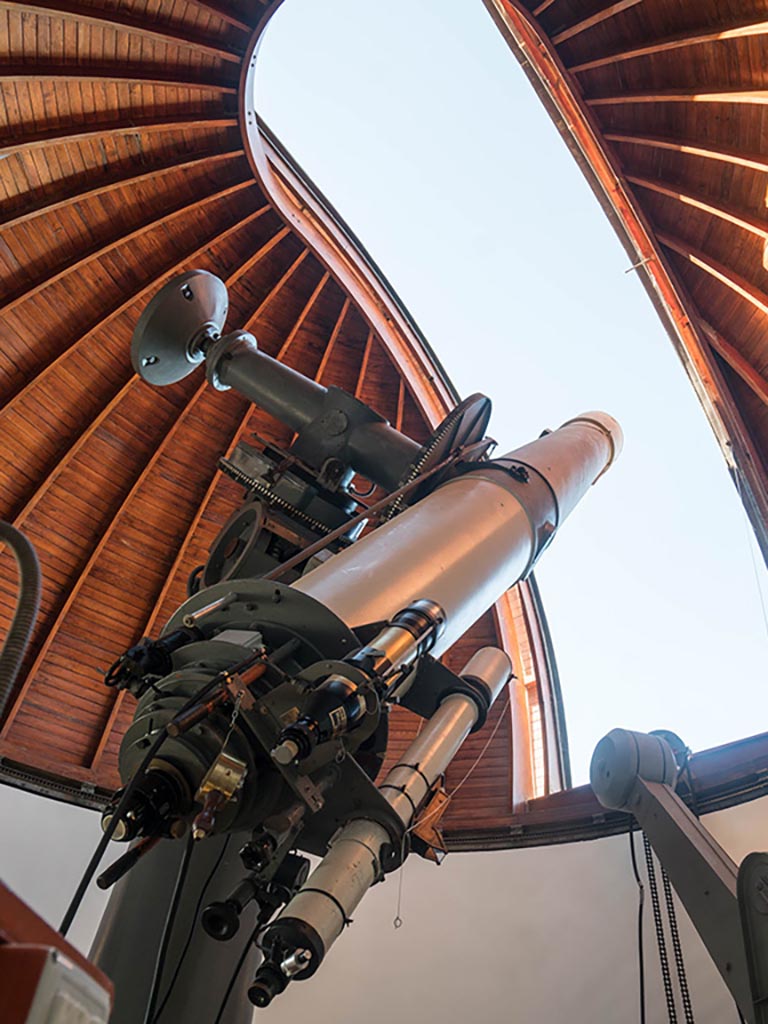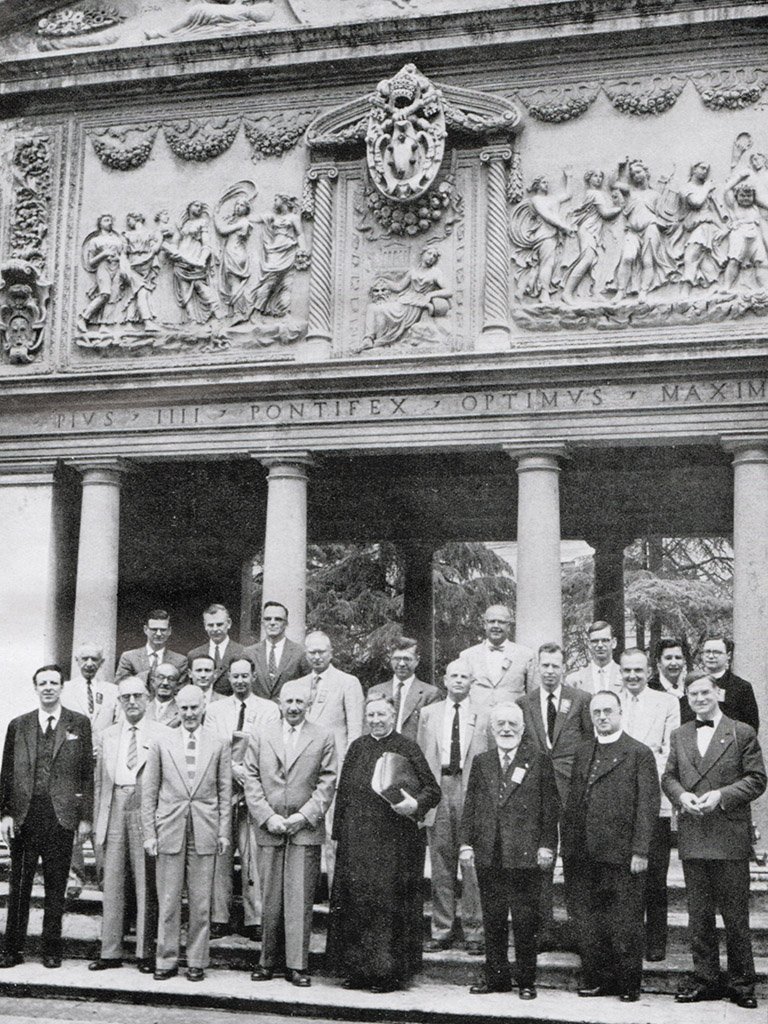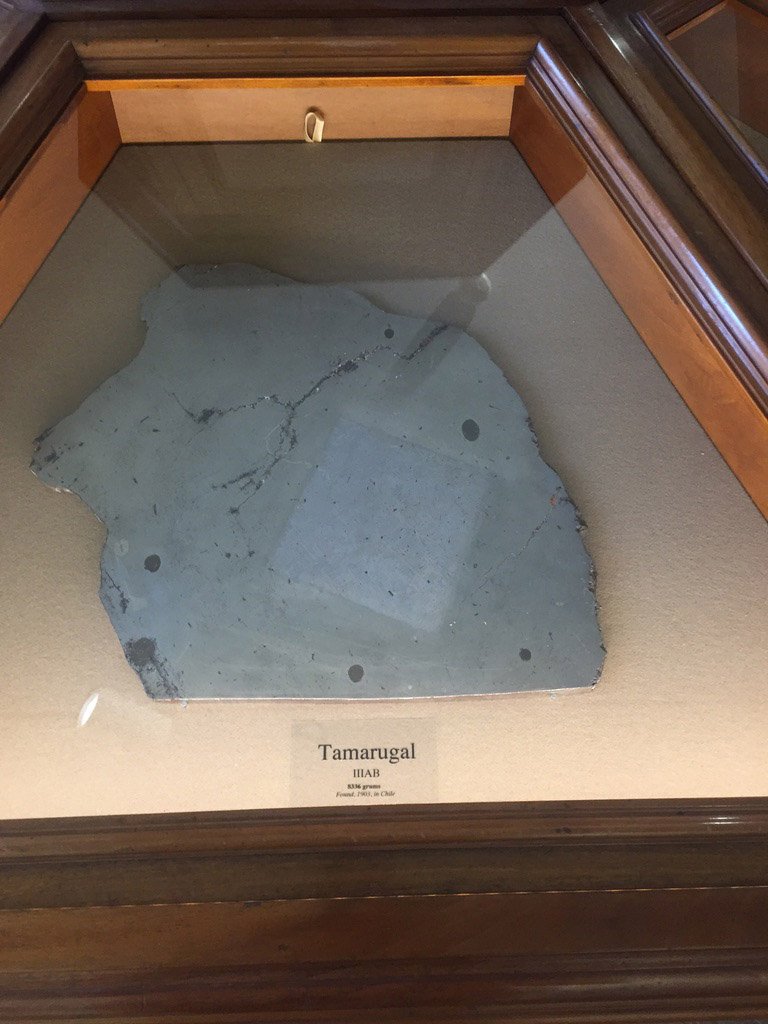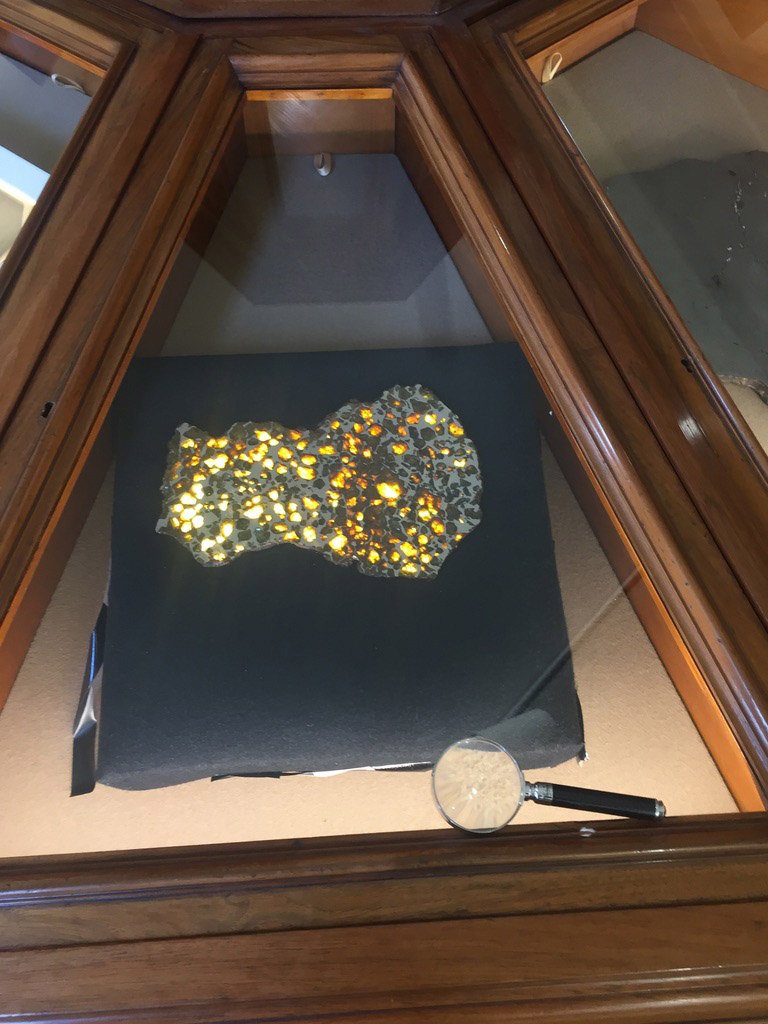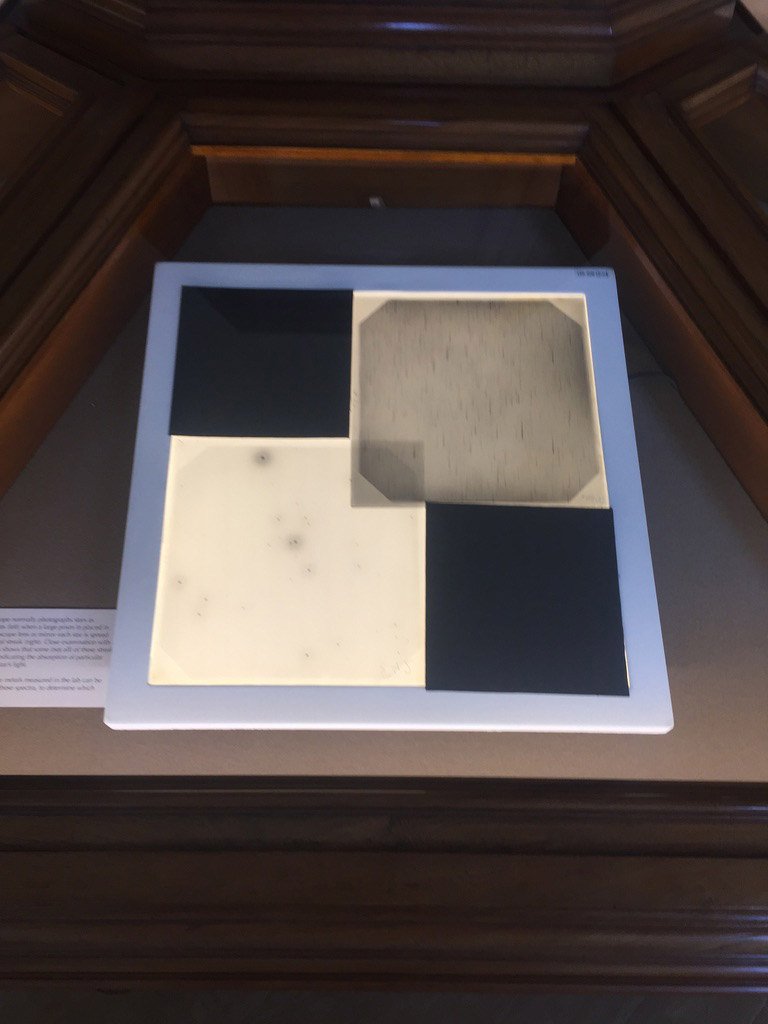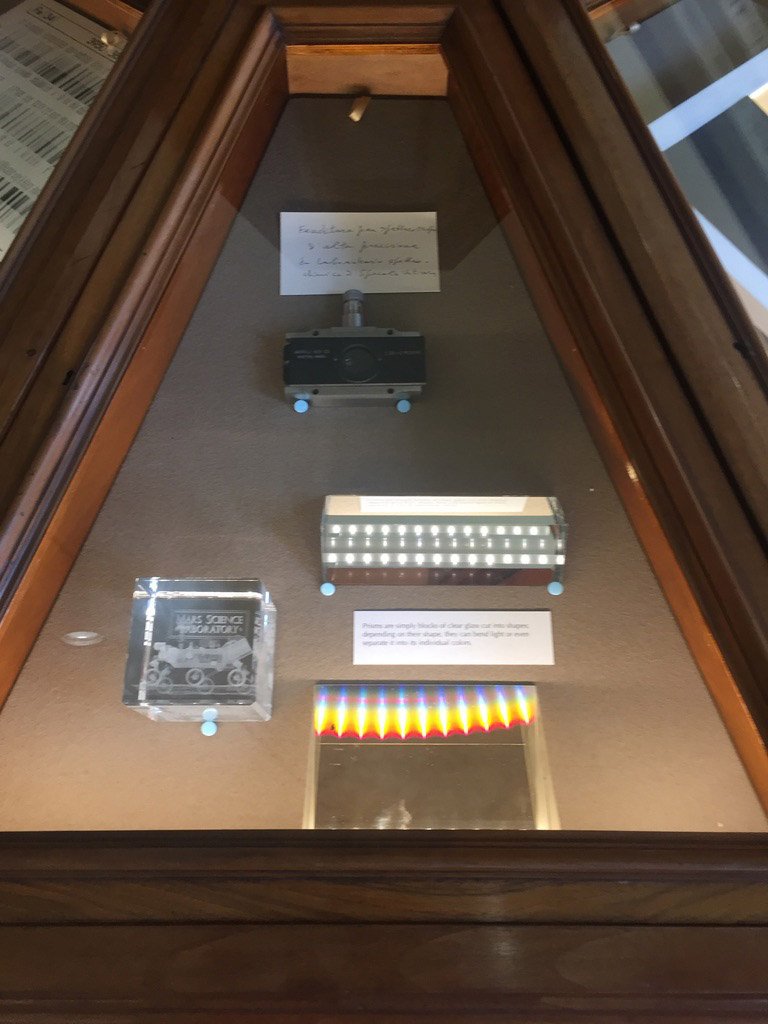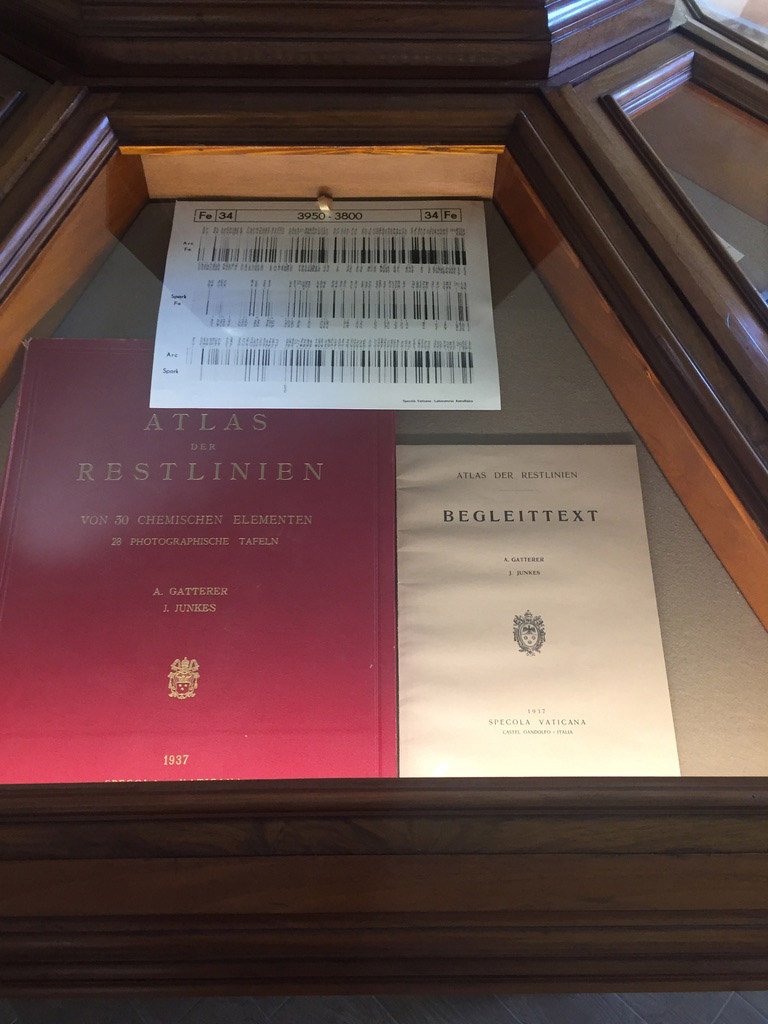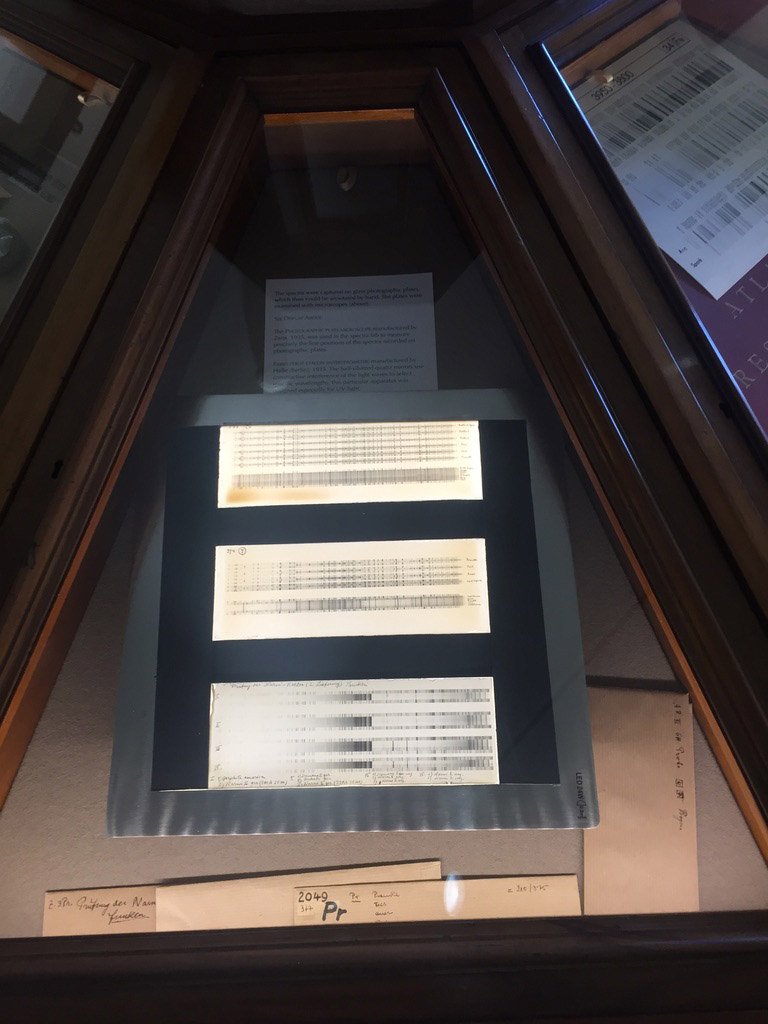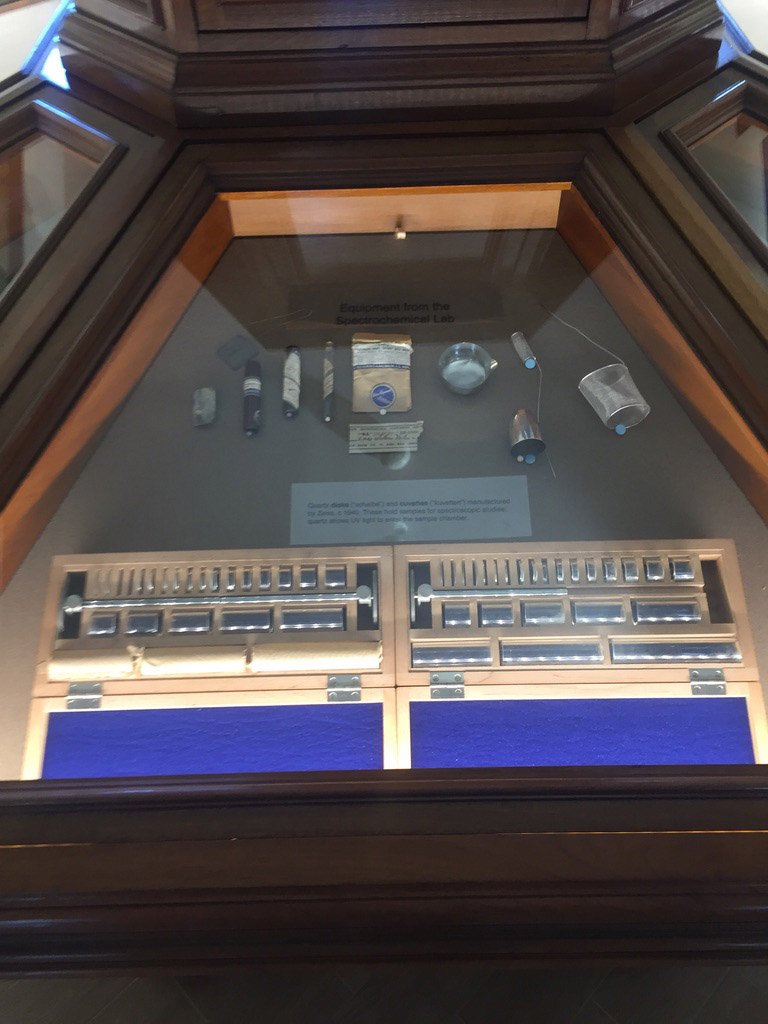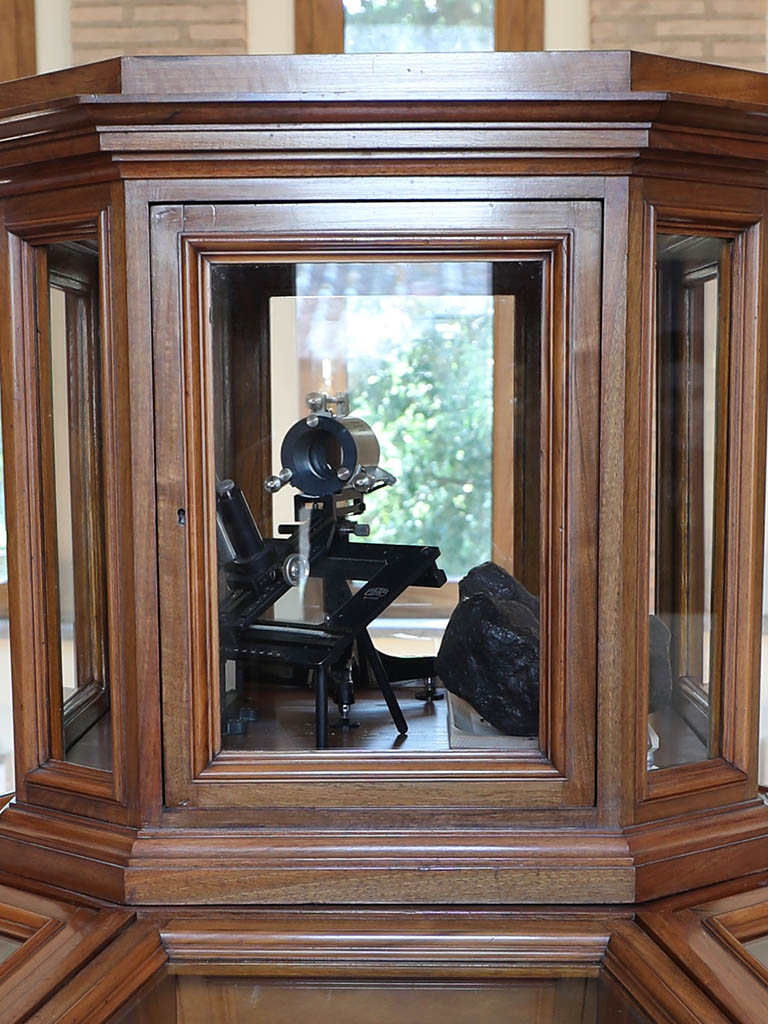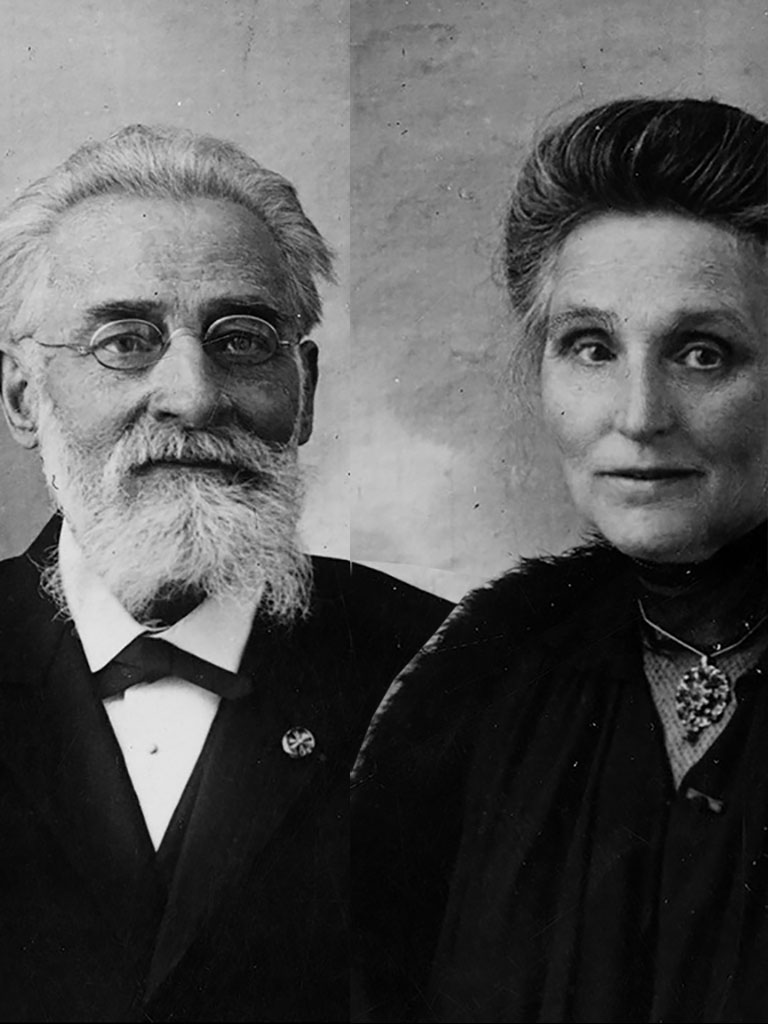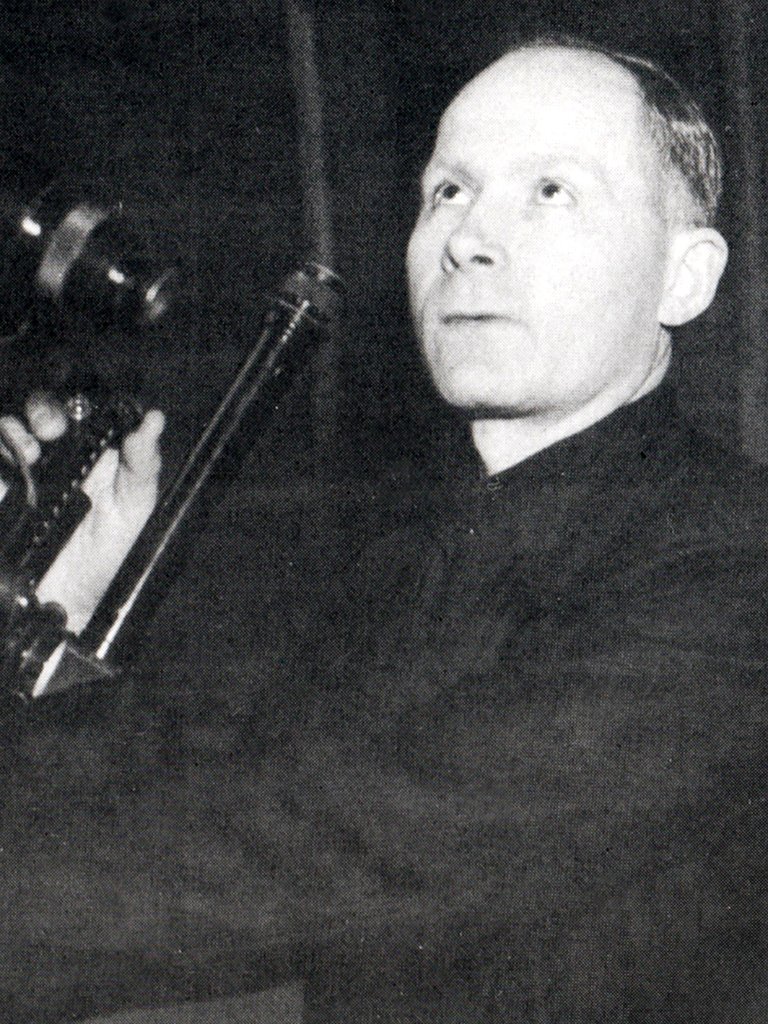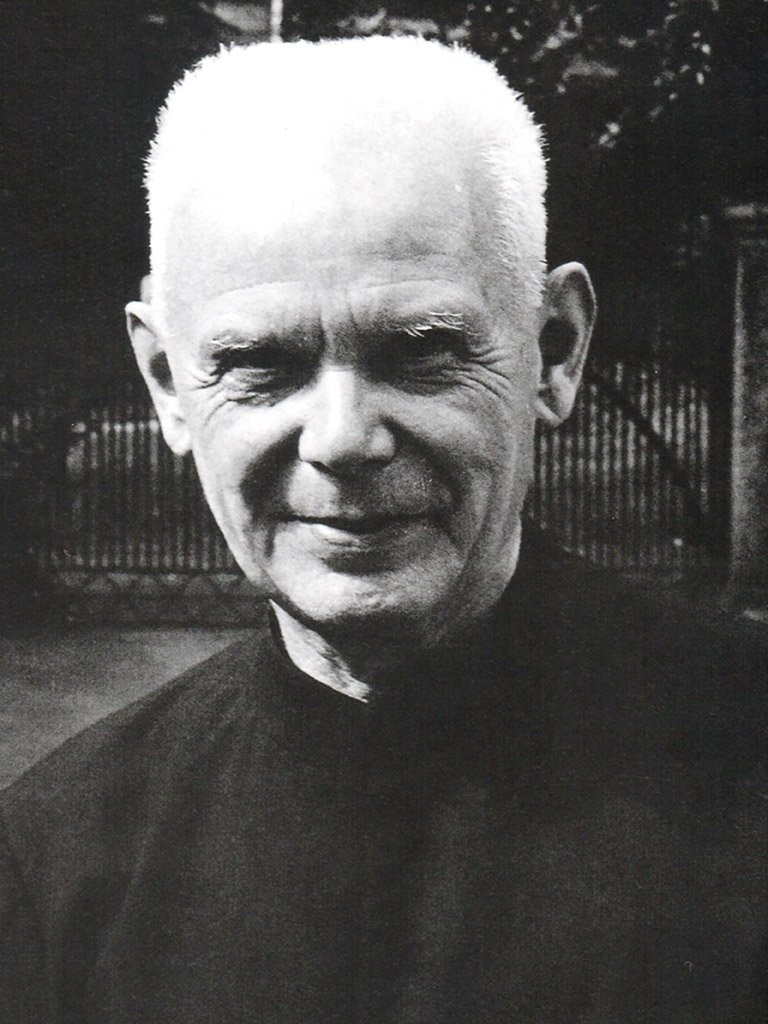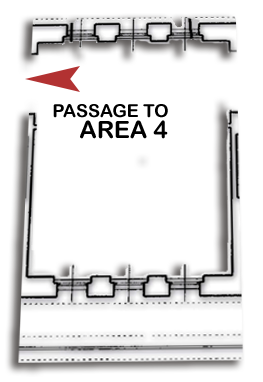
Area 3:
The Observatory in Castel Gandolfo
With the move of the Vatican Observatory to Castel Gandolfo in 1935, the Vatican Observatory took on a new role in the international astronomical scene.
The Spectrochemical Laboratory produced the first reliable laboratory spectra of elements and molecules of astronomical interest, and led to the publication of Spectrochimica Acta, which remains to this day an important journal in the field of spectroscopy. These spectra could be compared against the spectra of stars, as photographed by the Vatican’s Double Astrograph and Schmidt telescopes.
One impetus toward laboratory spectra was the growing collection of meteorites, begun with the donations of the Marquis de Mauroy and his wife. The collection has continued to grow and now is one of the largest in the world, and a center of meteorite physical properties studies.
A major work of the Vatican Observatory along with the Pontifical Academy of Sciences was the 1957 international meeting on Stellar Populations. Some of the most outstanding astronomers of that epoch gathered to discuss the discovery of distinct populations of stars shaped the bigger question of the origin of the universe itself.
Meanwhile, the first published photographs of the Green Flash brought a certain popular fame to the astronomers of the Vatican Observatory.

Group 1
- The Marquis de Mauroy
- The Spectral lines
- The Spectral Laboratory
- Device…
- Spectrochimical Acta
Group 2
- The Display Cabinet
- Top of Cabinet
- 8 Sections of the Cabinet
Group 3
- The telescopes on the Papal Palace
- Other scientific activities
- The telescopes in the Barberini Gardens


